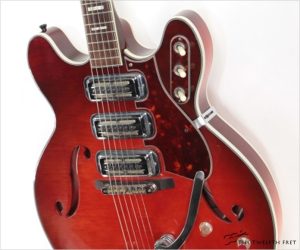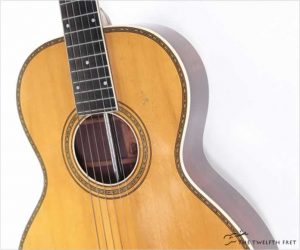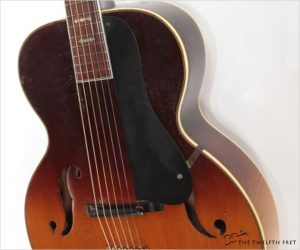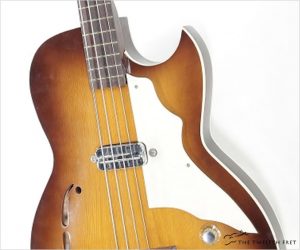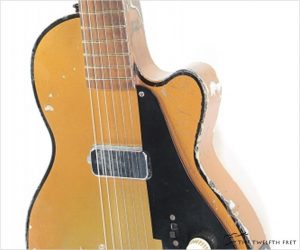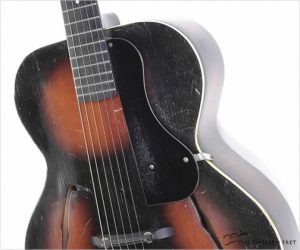The Airline H78 Thinline was built for the Montgomery-Ward company by Harmony from 1965 to 1972, as a re-branded version of the Harmony H78. Indeed, it seems that the only difference is the head plate and logo!
Harmony, purchased by Sears-Roebuck in 1916 and owned by them until 1940, was at one point by volume the largest guitar maker in the USA, which also meant in the world.
This instrument has sold
MORE →